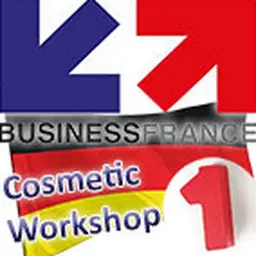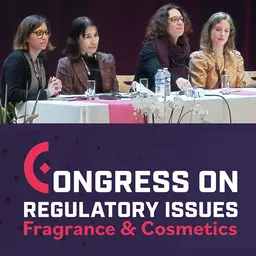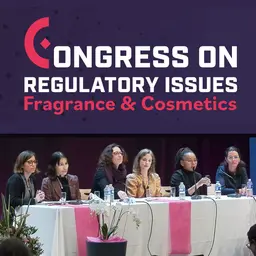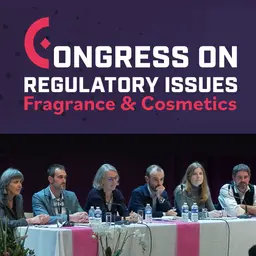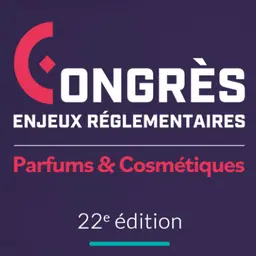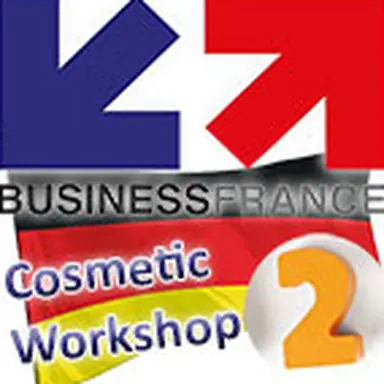
Contrary to what we may think, the German cosmetics market is not that easy to understand and penetrate for a French company. At a Workshop on December 1st, 2017, Business France experts described its structure before focusing on the organization of the distribution channels, very specific to Germany. They also gave advice to efficiently deal with them.
Second part of our article, Passport for Germany (1/3): the German cosmetics market
When he talked about the cosmetics market in Germany, Guillaume Lemaire, Cosmetics Export Advisor of the Business France office based in Düsseldorf, mentioned a strong, typical price pressure several times. And to illustrate its implications, he provided a comparison with different products also available on the French market, showing the price could be 30% lower for a shampoo or lipstick, and down to -55% for a deodorant!
How come? The market is dominated by drugstore companies. In Germany, they are very centralized and specialized in the distribution of HPC products (Home and Personal Care). They follow a model close to discount, and a third of their sales are generated by private label products. They wage a real war in terms of point of sale openings to cover the whole country.
Sales distribution
Drugstores (Müller, Rossmann, dm, Budnikowsky) represent the main distribution channel for cosmetic products in Germany (46.4% of the market). With discounters (Lidl, Aldi, Netto), which account for 8.3% of sales, the mass market weighs more than 50% of cosmetics distribution.
Then, there is the selective network: perfume stores (Douglas, Pierper, Beauty alliance), with 17.8%, pharmacies …

